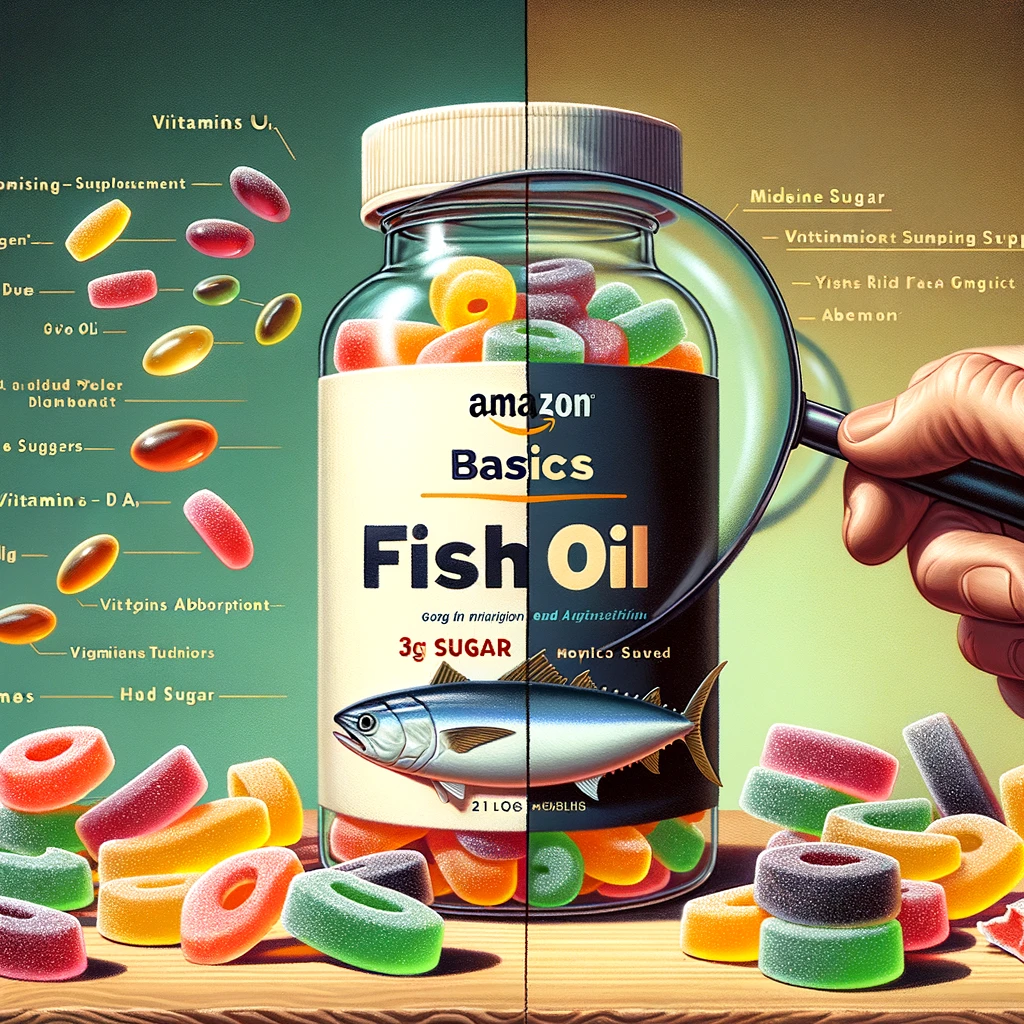
In the realm of nutrition, the emphasis on omega-3 fatty acids, particularly eicosapentaenoic acid (EPA) and docosahexaenoic acid (DHA), remains a critical conversation. For adults, the advised daily intake ranges from 250-500 mg, a benchmark that varies based on lifestyle influences like exercise and age, potentially rising to 3000-4000 mg to harness full health benefits.
A notable challenge, however, is the stark contrast between these recommendations and the reality of the modern Western diet, which typically provides less than 100 mg of EPA and DHA daily. This significant shortfall, resulting from a diet low in omega-3 rich foods such as fatty fish, seeds, and nuts, has profound implications for health, potentially paving the way for chronic diseases due to the gap between actual intake and nutritional needs.
The root of this issue lies in the diminished presence of natural omega-3 sources in daily meals, with a heavy inclination towards processed foods. The paucity of EPA and DHA in the average diet not only undermines cellular health but also elevates the risk of cardiovascular diseases, cognitive decline, and inflammatory conditions, highlighting the urgent need for dietary adjustments.
Addressing this deficiency involves a conscious effort to integrate more omega-3 sources into the diet or to rely on supplementation. Promoting the inclusion of fatty fish, flaxseeds, chia seeds, and walnuts in regular meals, complemented by educational initiatives on the importance of omega-3s, is crucial in closing this dietary gap.
As we navigate towards better health outcomes, it becomes increasingly clear that tackling the omega-3 shortfall is not merely an individual concern but a collective goal. Enhancing accessibility to omega-3 rich foods and fostering awareness can lead to a significant shift in dietary patterns, ensuring that the benefits of these essential fatty acids are fully leveraged for improved public health.